This Post may contain Affiliate Links. Please read our Disclosure for legal jargon.
If you are remodeling your basement or building a basement from the scratch, you need to know about the different types of basement wall panels. This will help you in deciding which one to choose from as there are multiple options available in the market.
It’s a wise move to have a good basement as it increases the value of the house. However, you need to make sure whichever basement panel you select has all the properties you are looking for. From the type of insulation to waterproof and soundproof qualities, and also has an overall look that is in good taste.
Outline
24 Types of Basement Wall Panels
To make your selection process easier, we have compiled a list of different types of basement wall panels you can check out and select from.
1. Drywall

If you are in a hurry and want to wrap up the basement work quickly, then drywall is the best option for you. Drywall panels consist of a gypsum core sandwiched between two layers of heavy paper. They are easy to install, naturally fire-resistant, and available in a variety of thicknesses and sizes.
Drywall panels are typically installed using drywall screws or nails and can be painted, stained, or covered with wallpaper or other decorative materials. However, because it is a heavy material, drywall can be difficult to handle without the proper tools and techniques.
If you are considering using drywall panels for your basement wall, be sure to consult with a professional to ensure that the panels are installed correctly. Improperly installed drywall panels can cause a number of problems, including cracks, holes, and warped walls.
2. Cement Boards
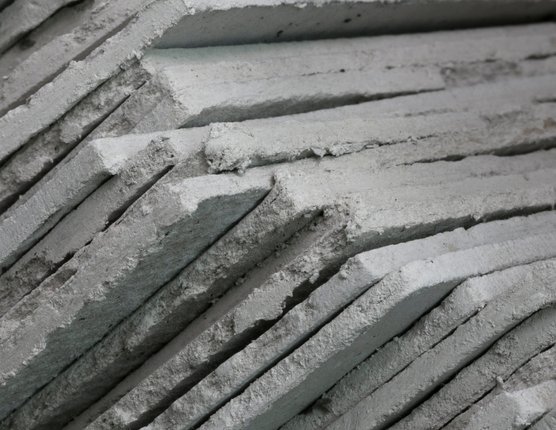
Cement board is made of Portland cement, sand, and water. Sand gives the cement board its strength, and water is used to mix the ingredients together.
Once the cement is mixed, it is formed into sheets and then dried. Cement boards can be nailed, screwed, or stapled into place. It can also be glued to the wall with construction adhesive.
Cement board is a great choice for basement walls because it is strong, durable, and easy to work with. It is also fireproof and termite-resistant.
3. Ceramic Tiles
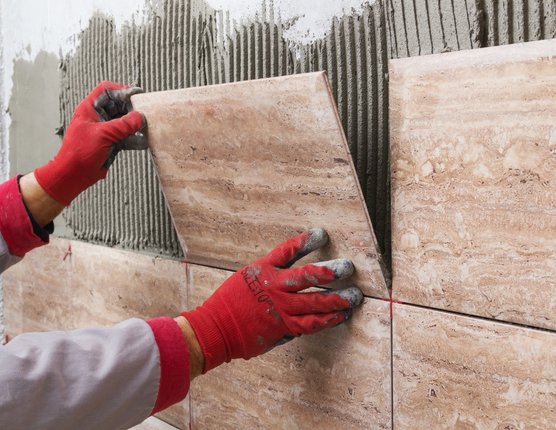
There are many reasons why you might want to use ceramic tiles as a basement wall panel. Ceramic tiles are strong and durable, meaning they won’t break easily. They’re also easy to clean, so you won’t have to worry about mold or mildew buildup. Plus, ceramic tiles add a bit of insulation to your basement, keeping it cooler in the summer and warmer in the winter.
If you’re considering using ceramic tiles as a basement wall panel, here are a few things to keep in mind:
- First, make sure the tiles you select are rated for use in wet areas.
- Second, be sure to use waterproof grout when installing the tiles.
- And third, consider using tile edging strips around the perimeter of the room to create a clean, finished look.
4. Stucco/Dryvit
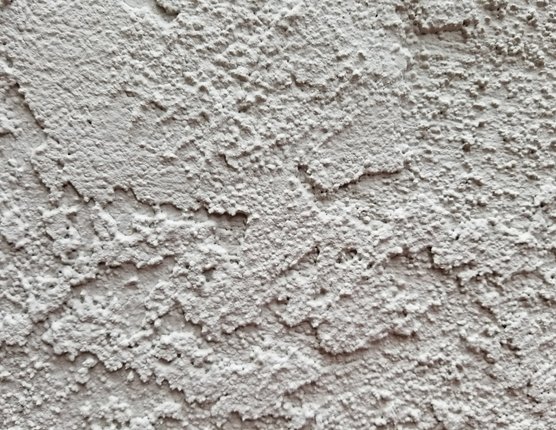
If you are looking for the fastest, easiest, and cheapest way to install basement panels, then this is the best choice for you. Stucco or Dryvit panels are used to create a Spanish or Greek Island type of look. A standard cement can be used to achieve the stucco basement panel. But hydraulic cement is a good option as it has waterproof characteristics.
When installing stucco, be sure to use a vapor barrier behind it to prevent moisture damage.
5. Plastic Paneling
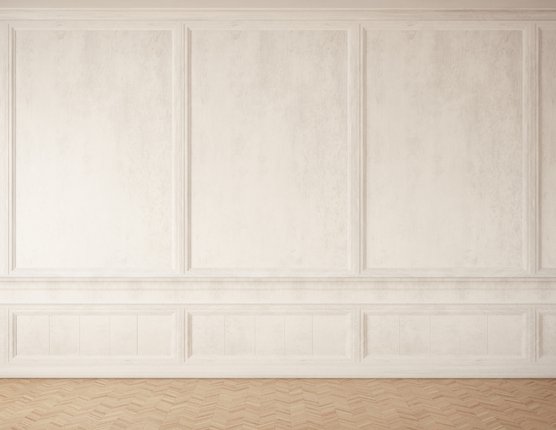
Plastic paneling is a smart choice if you live in a place where you experience a lot of humidity. They are extremely waterproof and prevent water leakage from cracks. It’s famous for its durability. Plastic panels are washable and they are mold-resistant.
There is a major drawback to plastic paneling. They are not environmentally friendly. When installed wrongly, there can be a lot of micro holes which makes the entire process useless. Don’t staple the sheets as the pins can rip the plastic.
6. Rigid Foam Sheets
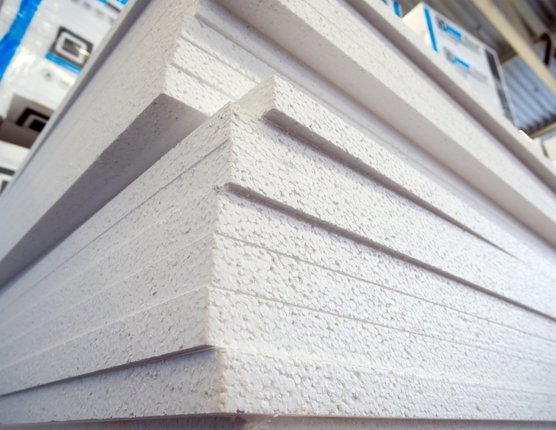
Rigid foam sheets are mainly installed to add thermal resistance to your house’s foundation. They are waterproof, durable, and easy to install. They can be easily sliced and attached to the wall. Their thickness varies from one form to another.
Rigid foam sheets can be taken up as a DIY task because they are fairly easy to install. You need to ensure there are no leaks on the wall before installing the sheets. They can be used throughout your home and not just in the basement.
7. Mineral Wool Board
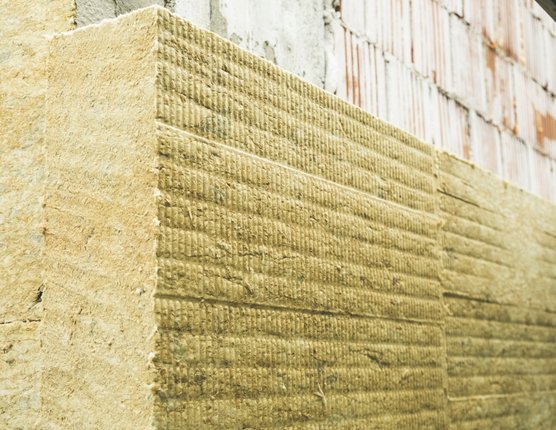
Mineral wool boards are made of natural and recycled components. They are fire-proof and are pretty expensive. They cost somewhere between three to five times more than a rigid foam sheet. They are made of inorganic fibers and are highly resistant to moisture.
If your basement is smooth, dry, and doesn’t have any chances of getting wet, then the mineral wood board is a great choice as they don’t get damaged by moisture or dampness.
8. Spray Foam
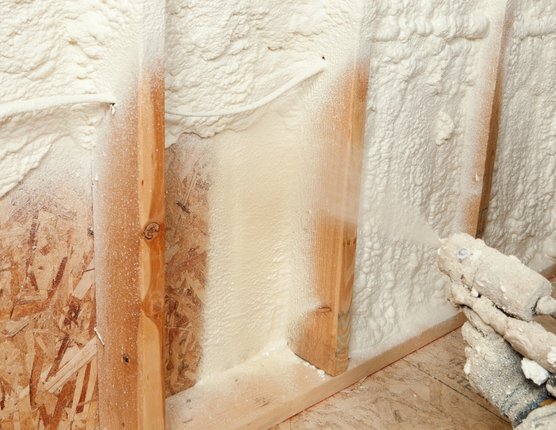
Spray foam panels are cheaper than foam sets and can be achieved by directly spraying the foam on the concrete basement walls. You need to make sure you remove any remaining old installation on the wall before spraying foam. Check if there are any leaks. If there are any water leaks, fix them before you install the spray foam panel.
9. Decorative Panel
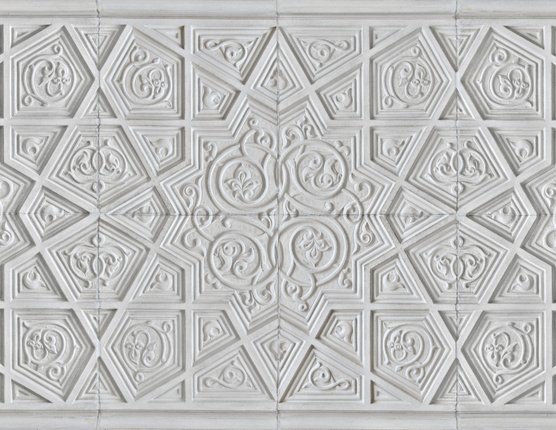
If your objective is to get an aesthetic look for your basement, then you can opt for decorative panels. You are at the liberty to select and customize the panels however you want. But keep in mind that costs, benefits, and feasibility will differ from one panel to another.
Some of the choices of material for decorative panels are PVC sheets, lamination, and gypsum board. They all have waterproof qualities.
10. Plywood Paneling
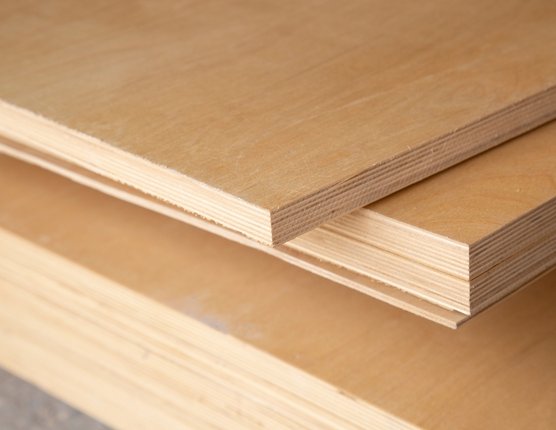
Plywood paneling is stronger than drywall and other types of basement panels. It delivers a rustic chic look and gives an elegant finished look. It’s made of multiple layers of thin wood veneers which are glued together. The only drawback of plywood paneling is that they are not resistant to fire.
11. Wood Planks
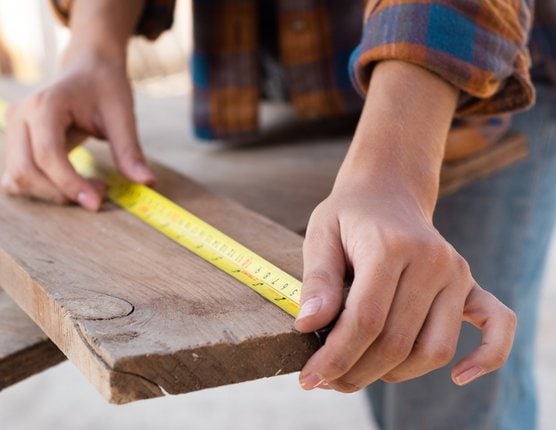
Wood planks give a sophisticated look and it’s very expensive. With wooden planks, you have all the freedom to select which kind of wood you want to install. You can choose from birch, redwoods, and cedar. Ensure that the wood is waterproof. They are sturdy and can be directly nailed to the framing.
12. Beadboard
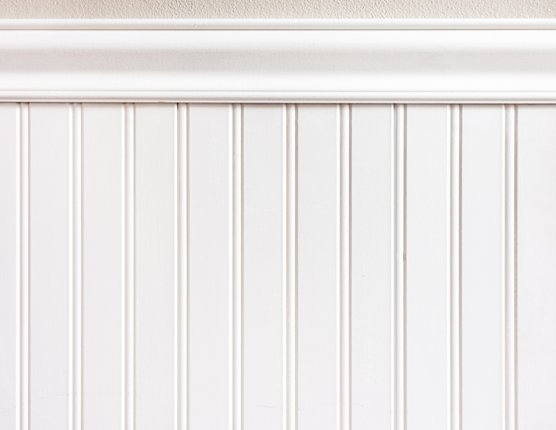
A beadboard panel is sort of a decorative panel that has continuous vertical grooves. Each board is about 3 to 4 inches wide and 32 to 48 inches long. They are more stylish than other types of traditional panels.
Beadboards resemble wood but they are thicker than wood in nature. If you don’t want to go for drywall, then beadboard is your best option. To keep moisture away from them, you need to install furring strips directly on the basement wall.
13. MDF Panels
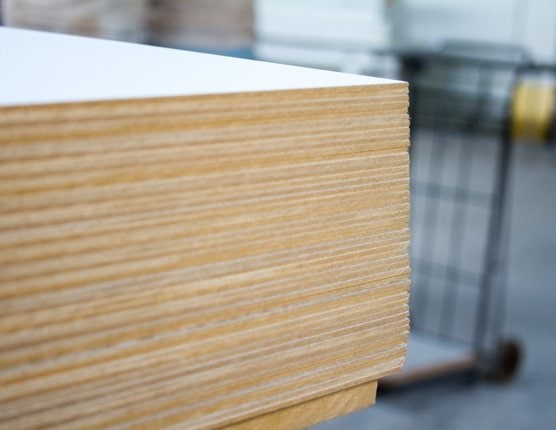
Medium Density Fiberboard is eco-friendly and sturdy. It is compressed wood that is treated to appear dense and make it look flat. It is similar to a tile board except that it is not ceramic but wooden. The panel is dense and flat. The disadvantage of MDF is that it is not moisture-resistant. You will need to add a coating like melamine to make the panel resistant to moisture.
14. Modular Panels
This is another expensive panel but their appearance looks cheap. Modular panels are installed on a metal track. They are pre-manufactured panels where you don’t need to install insulation and vapor barrier.
You need to provide an effective drainage system before installing modular panels. Repair any leakage before installing the panels.
15. Brick or Stone Veneer
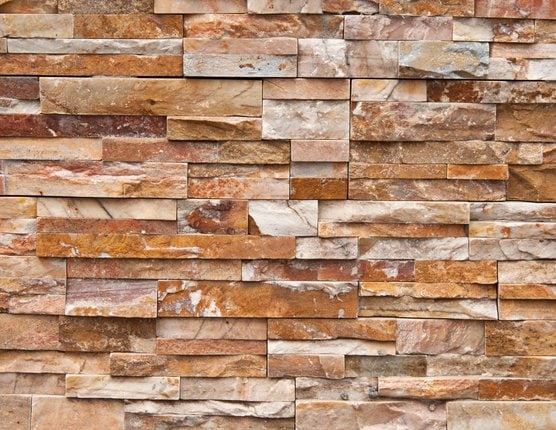
Brick or stone veneer gives a very sophisticated look. It’s expensive, sturdy, and long-lasting. If you are going for an executive look, then this will be a suitable option for you. The material is thin slates of either brick or stone depending upon your choice.
16. Structural Insulated Panels
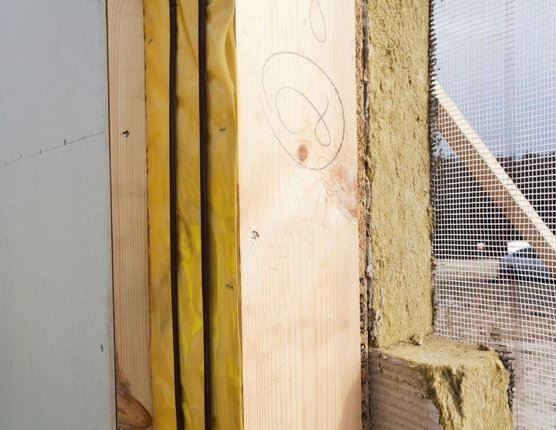
Structural insulated panels (SIPs) are for light commercial constructions. They are airtight and give tough competition to wood panels. Their insulation value is high because they have insulated cores that are sandwiched between two oriented strand boards.
They offer a healthier indoor air quality because it limits the outside air to travel inside. They are energy-efficient and environmentally friendly. They can fit any type of basement interior and enhance its appearance.
17. Acoustic Panels
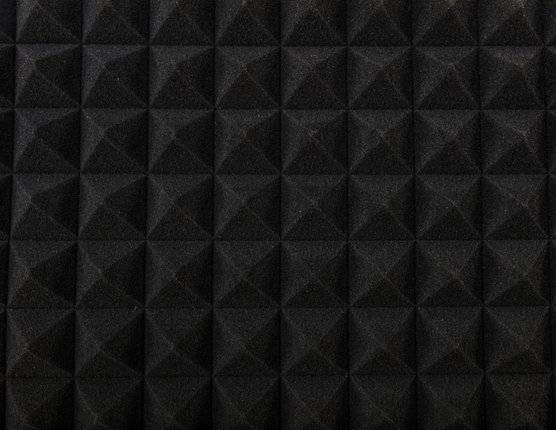
Noise pollution is a source of disturbance for many of us. Acoustic panels are sound-absorbing panels used to reduce noise and lessen vibrations. They absorb a good amount of unwanted sound. This is the most inexpensive way to make your basement soundproof.
Some acoustic panels offer moisture-resistance properties. However, they cost more than regular acoustic panels. You can play loud music and not be bothered about the noise reaching outside. If you want a quiet ambiance, then you can sit in your basement and avoid the outside noise.
18. Wahoo/ DIY Walls
Wahoo walls for the basement can withhold any kind of strong equipment. They use aluminum tracks and that’s why they are easy to install. They are pre-insulated, inorganic, and can be used as a DIY project. They are waterproof and prevent the growth of mold and mildew. They are manufactured by Wahoo Composites LLC.
19. Removable Basement Wall Panels
If you want to cover a basement space that has electrical wiring and pipes, this is the best option. They are moisture and vapor resistant. Removable basement wall panels are also called 3D wall panels.
They are cheap, easy to install, and simple to remove. You can paint it however you like. If you want to check the wires and see if there are any leakages, then they can be easily removed to gain access.
20. Zenwall Panels
Zen wall panels are a type of wall paneling that has become increasingly popular in recent years. They are made of a composite material that is very strong and durable, yet lightweight and easy to install.
This is one of the modern styles of basement panels. It has a vinyl-finished look on one side and a reflective foil barrier on the other side. Zen wall panels are waterproof and have a thick fiberglass core.
They are easy to clean. All you will need is a damp cloth to wipe any blemishes. Zen wall panels create an effective moisture barrier and capture all kinds of leakage and seepage. They make your basement appear brighter and warmer.
21. Brightwall Paneling System
Brightwall paneling comes with a WaterGuard perimeter drainage system which makes it waterproof. They prevent leakage and are strong, durable, and flexible They are stain-resistant and easy to clean.
If you have an ugly basement, then the Brightwall paneling system will surely transform the look of your basement. They are accompanied by semi-rigid, white plastic panels to attach to the foundation.
22. Owens Corning System
These are long-lasting and inorganic panels that are resistant to all kinds of pests including mold and mildew. These are removable panels that take only 2 weeks to install. Owens Corning system comes in two options. You can choose the fabric panel or the paintable panel based on your preference.
Owens Corning System absorbs 85% of sound and you can have peace of mind while you are chilling in your basement. They are easily removable and you can remove them without any hassle when you are remodeling your basement.
23. Cleanspace Wall System
If you want to stop water leaks in your basement, cleanspace wall space should be your go-to option. It completely covers the basement foundation walls by using a thick poly sheet material. They can also be used if your basement has stone foundation walls.
They require a proper drainage system otherwise the leakage would damage the walls. You need a professional to install this type of basement wall panel as they are quite complicated to do it on your own.
24. Panel Living System
If you love green and want to make your basement look like a plant nursery, then you can choose a panel living system. LivePanel can be installed on any new or existing indoor wall space.
These panels are lightweight and come in a diverse range of colors and textures. You can grow the plants prior to installing them in your basement. They are easy to maintain and they need to be watered regularly.
Basements are an important part of your house. All you have to do is select from the above list of types of basement wall panels depending on taste, effectiveness, and pricing. Be creative and let your basement stand out.
